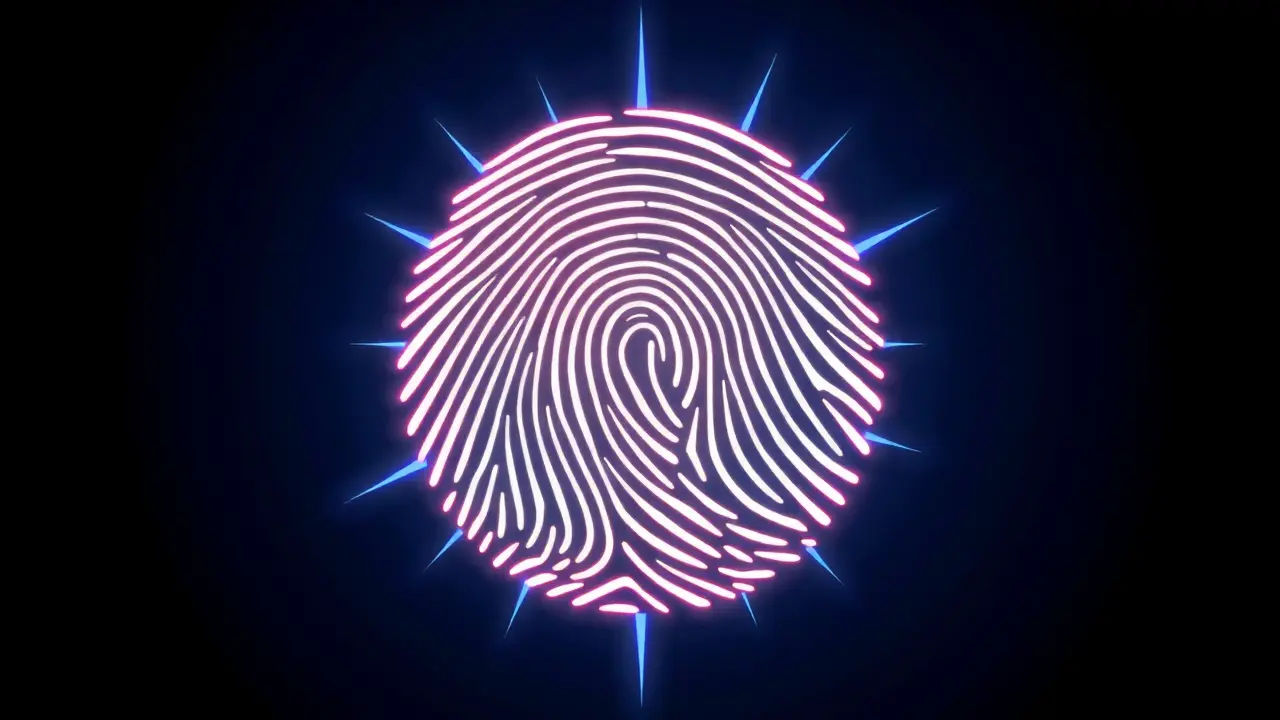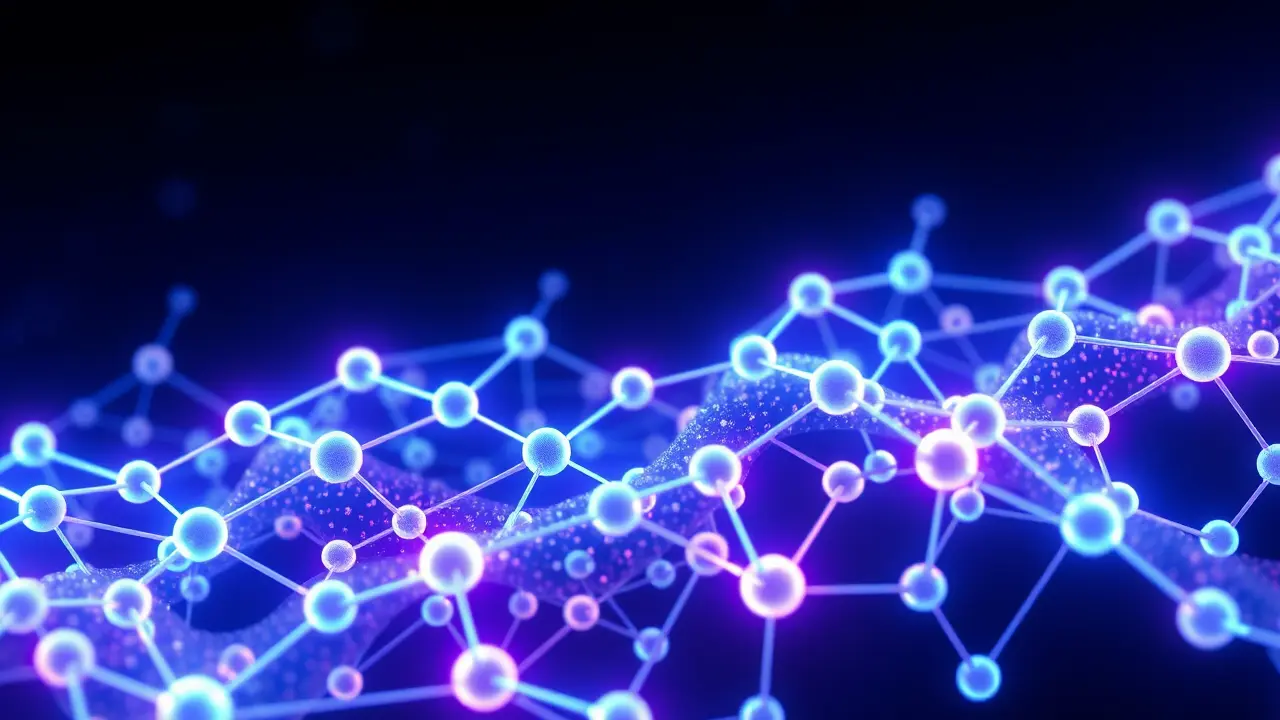- News
- chemistry
- Scientists achieve forensics’ “Holy Grail” by recovering fingerprints from fired bullets

SciencechemistryAnalytical Methods
Scientists achieve forensics’ “Holy Grail” by recovering fingerprints from fired bullets
KE
Kevin White
14 hours ago7 min read
In a development that reads like science fiction becoming laboratory fact, researchers at Maynooth University have cracked one of forensic science's most stubborn cold cases, achieving what many have long considered the field's 'Holy Grail': reliably recovering fingerprint evidence from fired bullet casings. This isn't merely an incremental improvement; it's a paradigm shift, leveraging a brilliantly simple yet powerful electrochemical process that uses a mild voltage and entirely non-toxic materials to coax the hidden ridges and whorls of a fingerprint into visibility within mere seconds, a stark contrast to the traditional and often destructive methods that have frustrated investigators for decades.The true genius of this technique lies in its ability to work on casings that have been aged, handled, and subjected to the extreme heat and explosive forces of a gun's discharge, conditions that typically obliterate the delicate organic and salt residues left behind by a fingertip. For context, the challenge of retrieving prints from metal surfaces, especially those exposed to high temperatures, has been a notorious bottleneck in ballistics.Traditional cyanoacrylate (super glue) fuming or powder dusting often fails miserably here, as the intense heat of firing can degrade the fingerprint residue beyond recognition, leaving a crucial evidential link literally burned away. This new method sidesteps this destruction entirely.By applying a carefully controlled electrical potential, the process selectively deposits a colored electroactive film onto the casing, but only where the latent print residue exists. The ridges of the fingerprint act as a mask, creating a stark, high-contrast visual of the print that investigators can then photograph and run through databases like AFIS.The implications are profound, moving the evidentiary value of a spent casing from simply linking a crime to a specific weapon—through ballistic markings on the bullet itself—to potentially connecting it directly to the individual who loaded the weapon. Imagine a scenario where a casing is recovered from a crime scene; previously, it could tell you the make and model of the gun, but now, it could point a digital finger directly at the suspect who chambered the round.This bridges a critical gap in the chain of evidence, especially in cases like gang-related shootings or organized crime where weapons are often passed around or 'community guns' are used, making it difficult to tie a specific individual to the act of firing. The work at Maynooth sits at the thrilling intersection of electrochemistry and forensic biology, a space I find particularly fascinating as it mirrors the kind of cross-disciplinary innovation we're seeing in CRISPR and advanced biotech.It's a solution that is both elegant and practical, requiring no exotic, hazardous chemicals and being deployable in a standard laboratory setting, which dramatically increases its potential for rapid adoption by police departments and federal agencies worldwide. Of course, as with any groundbreaking forensic method, the road from the lab to the courtroom will be paved with rigorous validation.Defense attorneys will undoubtedly scrutinize the technique's error rates, its susceptibility to contamination, and the robustness of the underlying science. Yet, the potential is undeniable.This isn't just about solving past cold cases where casings were collected but yielded no prints; it's about fundamentally changing the calculus for future criminals. The knowledge that even a handled, fired cartridge could become a definitive piece of identification adds a powerful new layer of risk for those who would use firearms illegally, pushing forensic science another decisive step ahead in the perpetual arms race between crime and investigation.
#featured
#forensics
#fingerprints
#bullet casings
#electrochemical process
#Maynooth University
#crime scene investigation
Stay Informed. Act Smarter.
Get weekly highlights, major headlines, and expert insights — then put your knowledge to work in our live prediction markets.
Related News
© 2025 Outpoll Service LTD. All rights reserved.


